Have you ever become so engrossed in a game that you lose track of time? Maybe you spent hours building your city in SimCity or spent hours leveling up in Candy Crush. What is it about games that keeps us engaged and motivated? The answer lies in a powerful concept and various benefits of gamification.

Gamification refers to applying game mechanics and design elements in non-game contexts. It’s about taking games’ fun and engaging aspects and applying them to other areas, like work, education, or even fitness apps.
So, why do users love rewards and challenges? Why is gamification so effective in driving engagement and motivation? Let’s explore seven key reasons:
7 Key Benefits of Gamification
Gamification isn’t a magic bullet but a powerful tool to create more engaging, motivating, and productive experiences. Here are some benefits of gamification in the real world:
1. Recognition Through Points, Badges, and Leaderboards

Games often reward players with points, badges, and positions on leaderboards. These virtual rewards create a sense of accomplishment and recognition. Earning points for completing tasks or achieving goals triggers the release of dopamine, a neurotransmitter associated with pleasure and motivation.
Seeing your name climb the leaderboard adds a layer of friendly competition, further fueling the desire to perform better.
Example:
![]()
Many fitness trackers incorporate gamification elements. Users earn points for completing workouts, participate in virtual challenges with friends, and unlock badges for reaching fitness milestones. These features make exercise feel less like a chore and more like a rewarding game.
2. Level Up The Journey of Progress
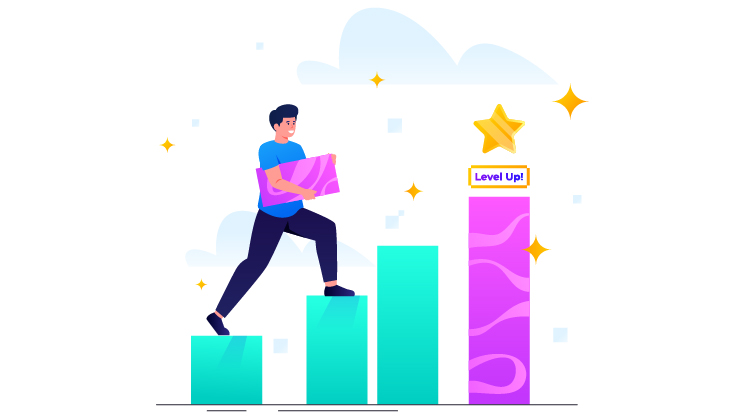
Games typically involve progressing through levels. As players overcome challenges and complete tasks, they unlock new levels with increased difficulty. This incremental progress system provides a sense of accomplishment and keeps users engaged.
They’re constantly striving to reach the next level, motivated by the promise of new features, challenges, or rewards.
Example:
Duolingo, a popular language learning app, uses a gamified approach. Users learn new vocabulary and grammar by completing bite-sized lessons. As they progress, they level up, unlocking new learning modules and keeping them motivated on their language learning journey.
3. The Thrill of the Challenge and Healthy Competition
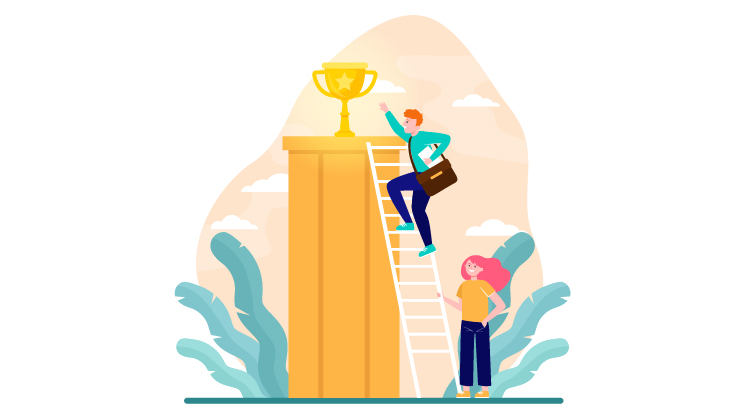
Games often pit us against challenges that require skill, strategy, and problem-solving. Overcoming these challenges provides a sense of accomplishment and boosts our confidence. Gamification can leverage this desire for challenge by incorporating tasks or goals that require users to apply their knowledge and skills.
Healthy competition with friends or colleagues adds another layer of motivation, encouraging users to push their limits and strive for excellence.
Example:
Salesforce, a customer relationship management (CRM) software company, uses gamification to motivate its sales team. Sales reps earn points for closing deals, completing training modules, and achieving sales targets. Leaderboards showcase top performers, fostering a healthy sense of competition and driving overall sales performance.
4. Instant Feedback to Remain on Track
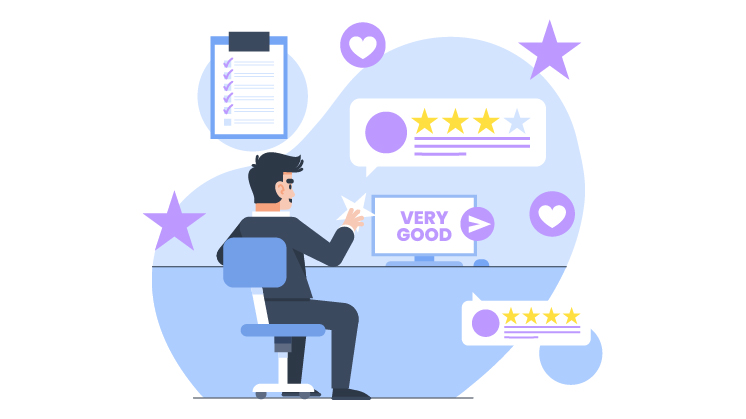
Games provide immediate feedback on our actions. We know instantly whether we’ve completed a task correctly or made a mistake. This real-time feedback loop is crucial for learning and improvement.
Gamification can integrate similar feedback mechanisms, allowing users to see their progress and identify areas for improvement. This empowers them to adjust their approach and stay on track towards their goals.
Example:
Many educational apps like Quizlet incorporate gamified quizzes and learning modules. Users receive immediate feedback on their answers, allowing them to identify knowledge gaps and solidify their understanding of the material.
5. The Power of Storytelling and Narrative Building
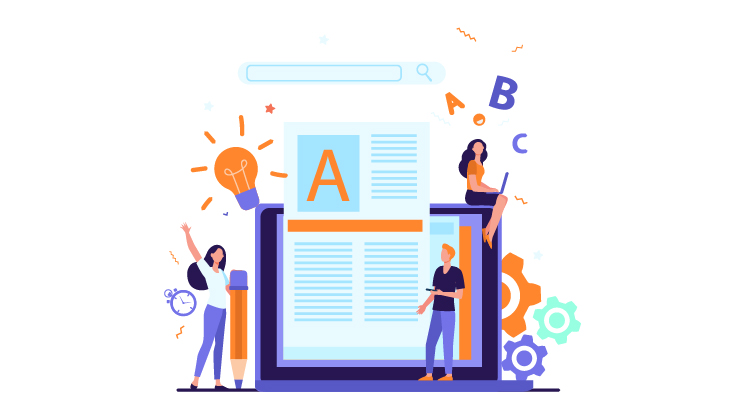
Popular games often have engaging narratives that draw us in and make us care about the characters and the outcome. Gamification can leverage the power of storytelling to make tasks and goals more meaningful.
By curating a narrative around the activities, users become more invested in the story and remain motivated to complete it.
Example:
The Nike Run Club app uses storytelling to gamify running. Users can participate in virtual running challenges through different digital environments. The app incorporates a narrative around these challenges, making running feel less like a solitary activity and more like an immersive adventure.
6. The Joy of Working Together Towards a Common Goal

Many games allow players to collaborate and work together towards a common goal. This sense of community and teamwork can be incredibly motivating. Gamification can foster collaboration by incorporating team-based challenges or activities. Working together towards a shared objective strengthens bonds within a group and increases motivation for individual members.
Example:
Many online learning platforms incorporate gamified group projects. Students work together on assignments, earning points and rewards based on their collective performance. This collaborative approach fosters teamwork and keeps students engaged in learning.
7. Igniting the Power of Habit Formation:
Gamification can be a powerful tool for habit formation. Consistently using rewards, challenges, and progress tracking creates positive reinforcement loops. Users who complete tasks and achieve goals are rewarded with points, badges, or recognition. This positive reinforcement encourages them to repeat the desired behavior, gradually forming a habit.
Example:
Many language learning apps, like Duolingo, use gamification to encourage daily practice. The short, engaging lessons and daily streaks incentivize users to practice their language learning consistently, ultimately forming a habit of daily language exposure.
Additional Gamification Benefits
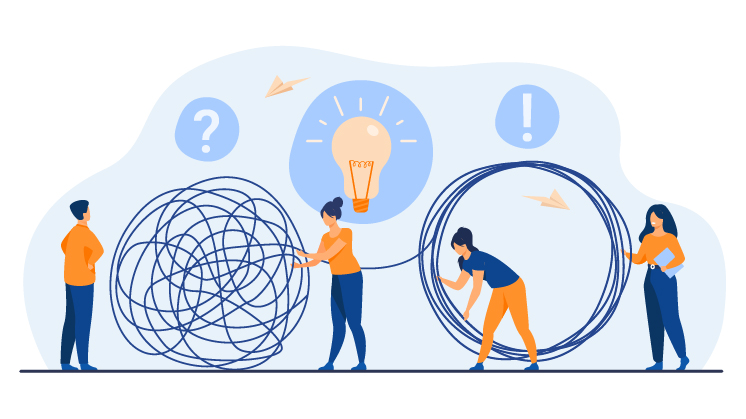
Here are some additional benefits of gamification to consider:
- Increased User Engagement: Gamification can significantly boost user engagement with apps, websites, or programs. By incorporating game mechanics, users are more likely to return, participate actively, and stay motivated over time.
- Improved Knowledge Retention: Gamified learning experiences can enhance knowledge retention and make learning more enjoyable. Challenges, quizzes, and interactive elements help users solidify information and improve their understanding.
- Enhanced Problem-Solving Skills: Gamification can encourage critical thinking and problem-solving skills. By overcoming challenges and navigating different levels, users develop their ability to think strategically and find creative solutions.
- Boosted Motivation and Productivity: Gamification can significantly improve motivation and overall productivity. Rewards, progress tracking, and healthy competition incentivize users to put in more effort and achieve their goals.
Wrap Up
The benefits of gamification aren’t just for kids and video games. It’s a powerful tool that can be applied to various aspects of businesses, from education and fitness to work and personal productivity. By understanding the core principles of gamification and how they motivate users, we can design more engaging and effective experiences in all areas.